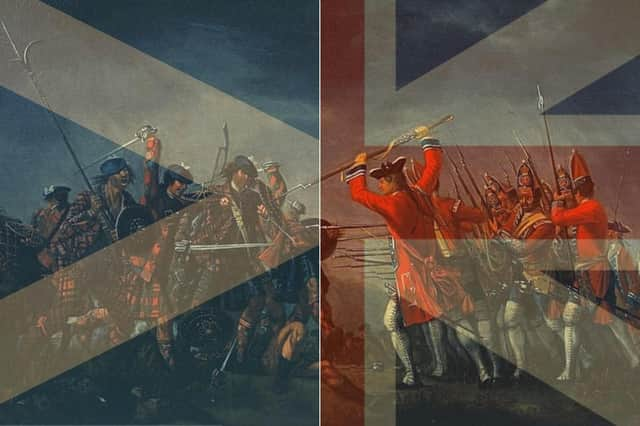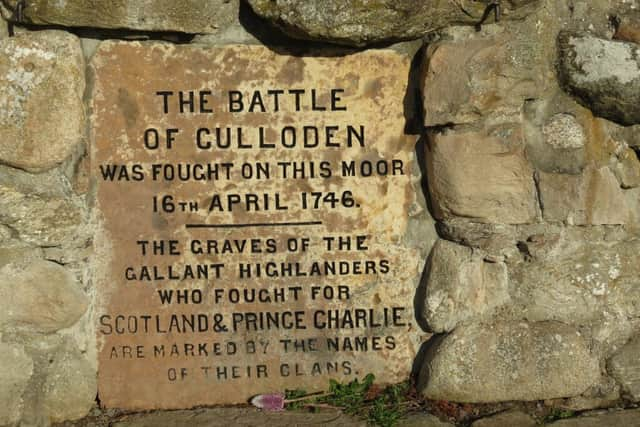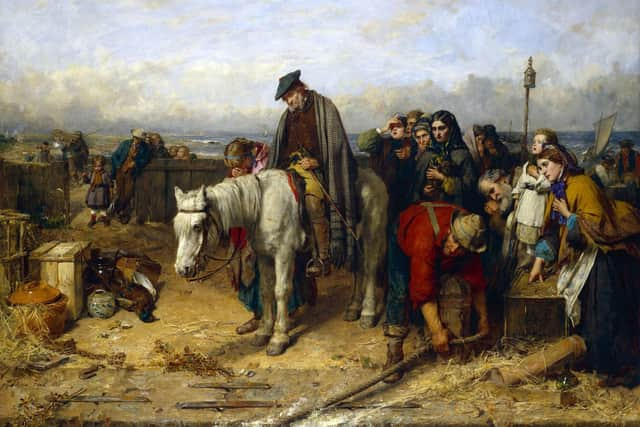Battle of Culloden: What happened in Scotland in 1746 and why did the Jacobites lose?


For those unaware, the windswept moor at Culloden may seem entirely unremarkable, but those who know their history understand the legacy of this site located 5 miles east of Inverness in the Scottish Highlands.
Here, on the 16th of April 1746 (277 years ago), the Jacobite cause was brutally crushed and Bonnie Prince Charlie’s campaign to reclaim the British throne was forever doomed.
Advertisement
Hide AdAdvertisement
Hide AdThe Prince sought to reclaim the throne of his grandfather, the exiled King James VII of Scotland and II of England; the Scots who supported him were known as Jacobites. The Jacobite army largely consisted of Gaelic-speaking Scottish Highlanders.
However, in failing to achieve this goal it led to the tragedy at Culloden Battlefield and in turn a violent dismantling of the Highland way of life and Scottish clans. Here’s what we know about the battle that forever changed the fabric of Scotland.
Why was the Battle of Culloden fought?
The battle was the last of the Jacobite Risings which were a series of rebellions that took place after James VII of Scotland (a Roman Catholic Stuart) was deposed in 1688.
As James II's grandson, Charles Edward Stuart or ‘Bonnie Prince Charlie’ led his Jacobite forces of Highland clansmen to battle against William Augustus, Duke of Cumberland.
The Duke represented the House of Hanover which was a dynasty which ruled over the British Isles until Queen Victoria’s death in 1901. The Jacobites sought to overthrow the House of Hanover and restore the House of Stuart to the British throne.


Why did the Jacobites lose at Culloden?
With the wind and rain against them, the Jacobites faced a professional British army almost twice their size and had many other factors working against them.
Rebellion Research reported that the loss could be ‘attributed to several factors’ including ‘differences in military tactics and equipment, lack of resources and support, lack of coordination and communication, and facing a highly experienced English military’.
Plus, Jacobites forces were exhausted after Lord George Murray suggested a surprise attack on Cumberland’s camp near Nairn. This failed and reportedly also caused many Jacobites to miss the battle.


How many people died at the Battle of Culloden?
Advertisement
Hide AdAdvertisement
Hide AdThe exact number of Jacobite casualties is still uncertain, but historians estimate that as many as 1,500 to 2,000 were killed or seriously wounded that day. By comparison, the British forces suffered minimal casualties as sources reveal that only 50 soldiers were killed.
What happened after the Battle of Culloden?
In a move that earned him the title of ‘The Butcher’, once the dust had settled the Duke of Cumberland ordered his army to execute wounded Jacobites and prisoners. In the aftermath, it is estimated that almost 3,500 Jacobites were subsequently arrested, imprisoned, executed or sent to penal colonies.
The British government launched their brutal campaign of repression against the local Scots through the Highland Clearances. An act referred to as “cultural vandalism”, it saw the destruction of the Highlander’s way of life and forced conformity, making it a criminal offence to wear tartan, play the bagpipes or speak Scottish Gaelic.
This also involved forcefully evicting local Scots from their heartland. As written by Find My Past: “At the start of the 18th century, around 30% of Scots lived in the Highlands and Islands. By the turn of the 20th century, this figure was just 8%.
"This was a result of the Highland Clearances, during which landowners evicted about 70,000 Highlanders and Islanders from their land over the course of 100 years.”
Comments
Want to join the conversation? Please or to comment on this article.
